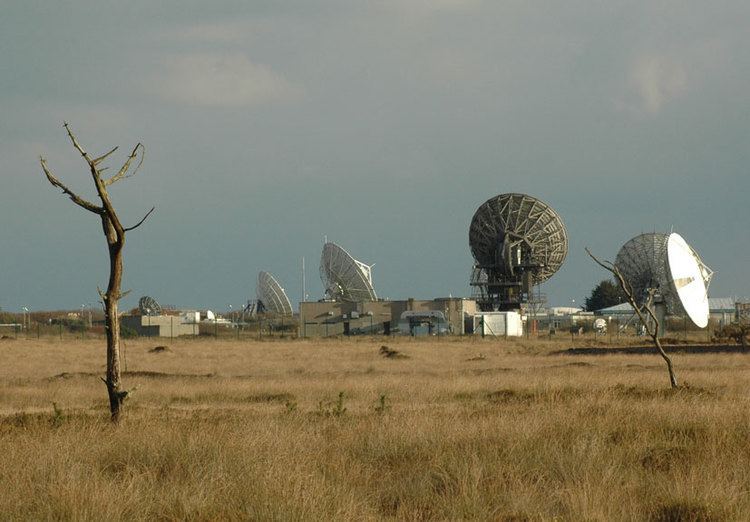 | ||
Similar Goonhilly Downs, The Lizard, The Flambards Experience, Cornish Seal Sanctuary, Kynance Cove | ||
Goonhilly Satellite Earth Station is a large radiocommunication site located on Goonhilly Downs near Helston on the Lizard peninsula in Cornwall, England, UK. Owned by Goonhilly Earth Station Ltd under a 999-year lease from BT Group plc, it was at one time the largest satellite earth station in the world, with more than 25 communications dishes in use and over 60 in total. The site also links into undersea cable lines.
Contents
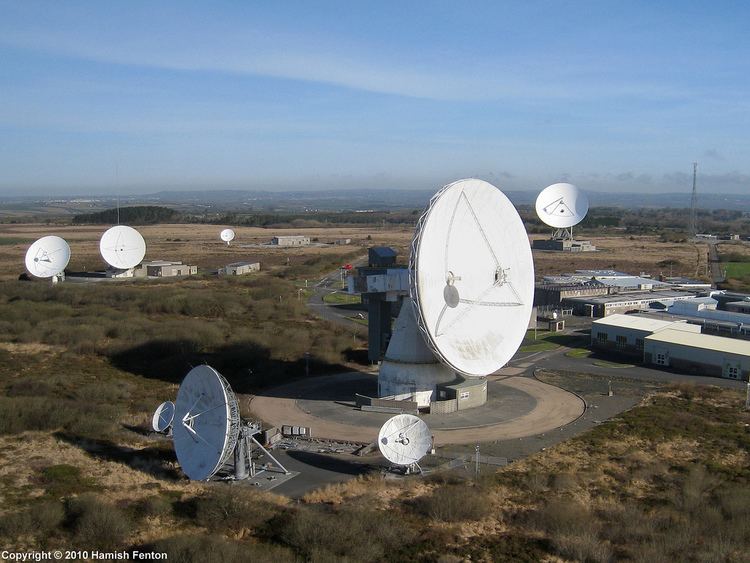
History
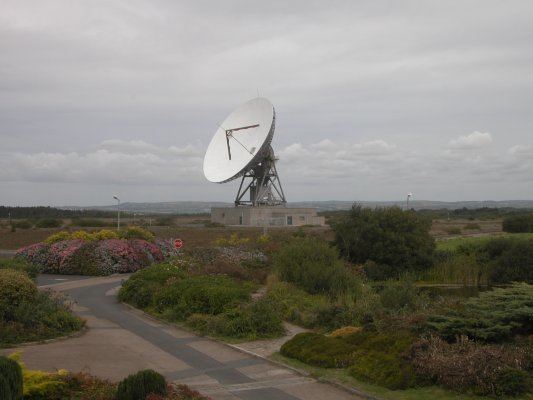
Its first dish, Antenna One (dubbed "Arthur"), was built in 1962 to link with Telstar. It was the first open parabolic design and is 25.9 metres (85 feet) in diameter and weighs 1,118 tonnes. After Centre de télécommunication par satellite de Pleumeur-Bodou (Brittany) which received the first live transatlantic television broadcasts from the United States via the Telstar satellite at 0H47 GMT on July 11, 1962, Arthur received his first video in the middle of the same day. It is now a Grade II listed structure and is therefore protected.

The site has also played a key role in communications events such as the Muhammad Ali fights, the Olympic Games, the Apollo 11 Moon landing, and 1985's Live Aid concert.
Statistics
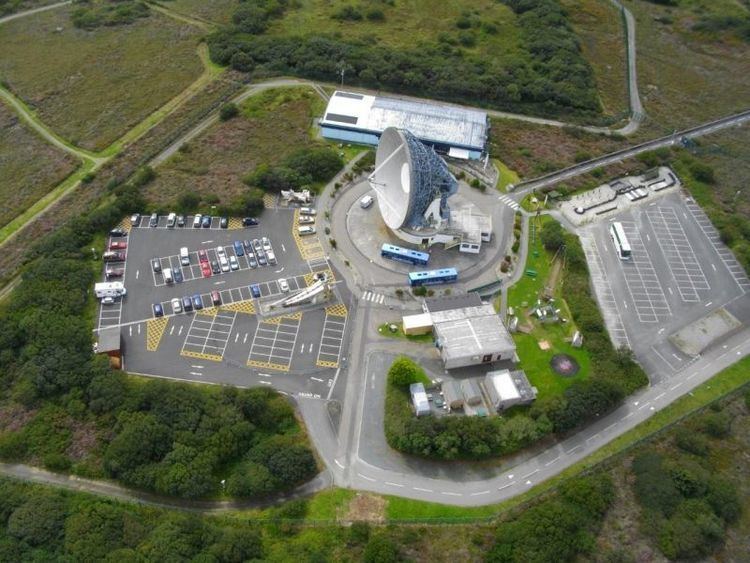
The site's largest dish, dubbed "Merlin", has a diameter of 32 metres (105 feet). Other dishes include Guinevere, Tristan, and Isolde after characters in Arthurian legend, much of which takes place in Cornwall.
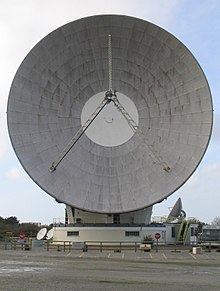
The earth station is powered by the National Grid. If power fails, all essential equipment will run off huge batteries for up to 20 minutes, during which time four one-megawatt diesel generators will take over. The nearby wind generator farm is not part of the complex.
Closure
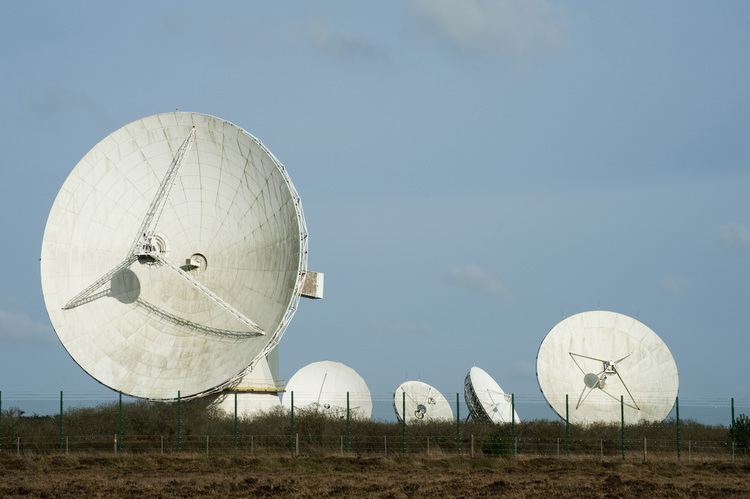
On 12 September 2006, BT announced it would shut down satellite operations at Goonhilly in 2008, and move them to Madley Communications Centre in Herefordshire, making that centre BT's only earth station.
Visitor centre
Until Easter 2010 the site had a visitor centre inside which the Connected Earth gallery told the history of satellite communications. There were many other interactive exhibits, a cafe, a shop and one of Britain's fastest cybercafés (a one gigabit pipe and a theoretical maximum speed per computer of 100 Mbit). There were also tours around the main BT site and into the heart of Arthur.
At its prime, the site attracted around 80,000 visitors a year, but in March 2010 BT announced that the visitor centre would be "Closed for Easter and beyond, until further notice."
Future
On 11 January 2011 it was announced that part of the site is to be sold to create a space science centre. This will involve upgrading some of the dishes to make them suitable for "deep space communication with spacecraft missions". A new company has been formed to manage the operations, Goonhilly Earth Station Ltd. The company will lease most of the antennas for at least three years with the option to buy the entire complex in the future. Goonhilly Earth Station Limited took ownership of the site in January 2014.
There are plans to connect one or more of the Goonhilly dishes into global radio astronomy interferometer networks.
There are also plans to upgrade the former visitor centre into "an outreach centre promoting space and space science for visitors, including local residents and schools".
In July 2015 European Space Agency has begun a 9-month feasibility study to examine if antenna Goonhilly 6 could be used to support Exploration Mission 1 of the Orion Multi-Purpose Crew Vehicle.
